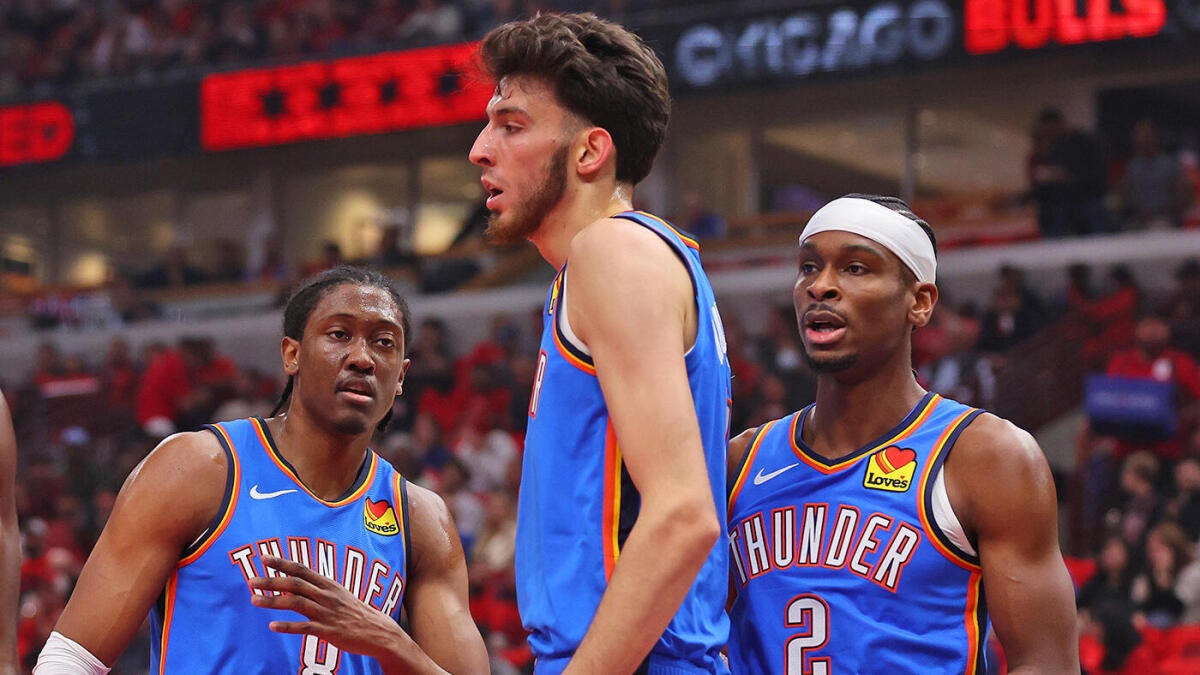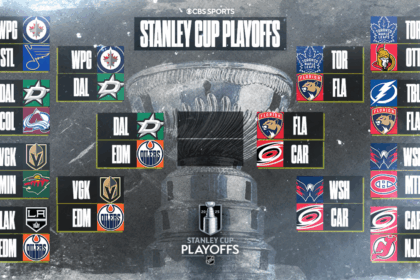On Wednesday, the Oklahoma City Thunder committed to a five-year contract extension with All-NBA forward Jalen Williams, potentially worth up to $287 million. They’ve also secured Chet Holmgren with a five-year deal that could reach $250 million, while league MVP Shai Gilgeous-Alexander signed a four-year extension worth $285 million earlier in July. Together, the Thunder have invested nearly $822 million in these three top players, effectively keeping this core intact through at least the 2030-31 season.
This development poses a significant challenge for the rest of the NBA. The Thunder, last season’s champions with a record 68 wins and the best point differential in league history, boast a young core aged between 23 and 26, with no plans to lose any of these players. Historically, maintaining a championship-level team over multiple years has been difficult, especially in an era designed to prevent long-lasting dynasties.
Despite the massive spending, the team’s financial situation isn’t as dire as it appears due to NBA salary cap rules like the repeater tax and the second apron threshold. These policies aim to penalize teams that consistently exceed salary limits, but surprisingly, they might actually benefit the Thunder more than they hinder them. The Thunder have not yet triggered these punitive thresholds due to their current roster’s salary structure, and their young stars’ rookie contracts keep costs manageable until the 2026-27 season.
The 2026-27 and 2027-28 seasons may bring tougher financial conditions as these contracts escalate, but the Thunder have team options on some role players to create salary flexibility. They plan to maintain a cycle of drafting young talent, developing them, and trading to accumulate future picks, insulating themselves from many of the typical financial penalties and restrictions.
Even when the team hits the second apron, restrictions on trading first-round picks won’t hurt them as much as they would other teams. Oklahoma City’s abundance of draft assets and long-term championship outlook make forfeiting high-quality picks less damaging. Meanwhile, their competitors, who rely more on expensive veteran acquisitions, face significant roster-building challenges under these rules.
Many contenders like the Timberwolves, Cavaliers, and Nuggets face difficult roster decisions as they navigate the second apron and repeater tax, making it hard to match Oklahoma City’s level of talent sustainably. Rather than breaking the Thunder’s dominance, these salary cap mechanisms may inadvertently protect them by limiting other teams’ ability to add top-tier talent.
Financially, the Thunder remain under the tax line for now, but continued success at this scale could lead to substantial luxury tax bills. Unlike owners of wealthy market teams, Oklahoma City’s ownership faces a key question about whether they are prepared to keep financially supporting this possible dynasty in the long term.
In summary, the current Collective Bargaining Agreement is unlikely to halt the Thunder’s rise before the end of the decade. Their young, talented core, combined with an accumulation of draft picks, positions them to contend for championships well into the 2030s — provided ownership is willing to back the team financially.
—
Fan Take: This news is huge for basketball fans because it signals the rise of a potential new dynasty built on young talent in Oklahoma City, challenging the league’s efforts to maintain parity. It could reshape the NBA’s competitive landscape and inspire teams to rethink their long-term roster-building strategies amid evolving financial rules.



